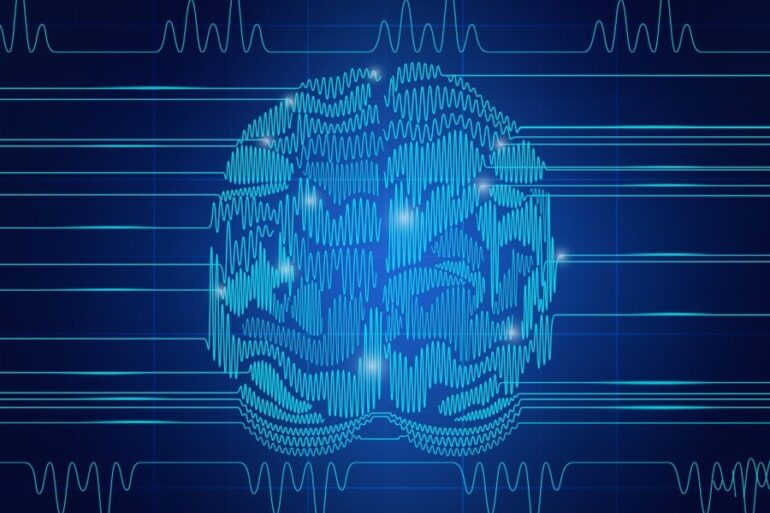TL;DR:
- Data and machine learning in healthcare are transforming personalized and preventive medicine.
- Dina Katabi, MIT CSAIL member and co-founder of Emerald Innovations, pioneers data-centric healthcare using AI and WiFi insights.
- Continuous data collection through wireless systems and machine learning enables real-time monitoring and early interventions.
- Advanced technology shows promise in diagnosing Parkinson’s disease and other conditions with high accuracy.
Main AI News:
The realm of healthcare is on the cusp of a groundbreaking transformation, fueled by the power of data and machine learning. This convergence is set to shape the future of personalized and preventive medicine, driving the industry toward greater accuracy and patient-centric care. Leveraging vast volumes of healthcare data from electronic medical records, wearable devices, and genetic tests, machine learning algorithms stand poised to extract invaluable insights. Uncovering patterns imperceptible to the human eye, predicting disease progression through historical medical data, and tailoring treatment plans based on individual genetic profiles and lifestyle factors are just a few of the possibilities. As data and machine learning coalesce, healthcare stands to be revolutionized, paving the way for more precise, efficient, and personalized approaches to treatment.
A driving force behind this healthcare revolution is Dina Katabi, an esteemed member of MIT CSAIL and the Andrew and Erna Viterbi Professor of Electrical Engineering and Computer Science at MIT. Moreover, she is a co-founder of Emerald Innovations, a visionary company dedicated to transforming healthcare through the continuous collection of patient data using machine learning-derived insights from WiFi zones. In the eyes of Professor Katabi, the future of healthcare lies in embracing a data-centric approach. Central to this vision is the uninterrupted gathering of clinical data from patients within the comfort of their own homes. By harnessing this data, healthcare providers can monitor symptoms in real-time, track patient progress over extended periods, and employ machine learning to gain proactive insights. The result? Early interventions reduced hospitalizations and ultimately improved patient outcomes.
Today’s conventional practice for sleep studies often involves subjecting individuals to a barrage of needles, electrodes, and complex monitoring equipment, raising concerns about the emotional and physical toll of such procedures. Yet, beyond mere comfort, the inadequacies of traditional patient data collection are apparent. Professor Katabi highlights the shortcomings, stating, “We’re getting sporadic data, a few data points here and there. And another data point later, six months later, when the patient takes another test… Thus, we are unable to track the dynamics of symptom development across diseases.”
The antidote to these limitations lies in continuous data collection, facilitated by advanced wireless systems that utilize ubiquitous radio signals to gather vital patient information round the clock, whether patients are at home or elsewhere. Armed with machine learning capabilities, these wireless systems can discern intricate movements, such as sitting or walking, offering critical data that, when contextualized, significantly bolsters the accuracy and sensitivity of wellness assessments and the diagnosis of conditions like sleep disorders, Parkinson’s disease, and Alzheimer’s disease.
Intriguingly, sleep serves as a window into various health conditions. Early rapid eye movements during sleep stages may signal depression, while disturbances in slow-wave sleep could indicate the onset of Alzheimer’s disease. Moreover, these advanced systems boast the potential to diagnose Parkinson’s disease, currently one of the world’s fastest-spreading neurological disorders, through breath analysis.
Traditional methods of diagnosing Parkinson’s disease often fall short, only detecting the illness once substantial brain damage has already occurred. Professor Katabi explains, “By the time we are diagnosed with the disease, about 50% to 80% (final) loss is already present in the brain and in our dopamine capacity. Dopamine is an underlying problem of Parkinson’s. So… by the time we diagnose it, the brain is 80% damaged. And you can understand why it is so difficult to develop drugs for Parkinson’s or to cure Parkinson’s.”
However, hope emerges in the form of Professor Katabi’s Emerald system, which has shown immense promise, boasting an impressive initial accuracy rate of up to 90%. These findings stem from a comprehensive study involving around 7600 patients.
Conclusion:
The fusion of data and AI in healthcare, particularly in Parkinson’s diagnosis, is poised to revolutionize the market. With continuous data collection and machine learning insights, early and accurate diagnoses can become the norm, leading to improved treatment outcomes and a proactive approach to health management. The potential for precise and patient-centric care holds significant implications for the healthcare market, offering opportunities for innovative products and services to cater to this emerging trend. Businesses that invest in these cutting-edge technologies stand to gain a competitive advantage and contribute to the advancement of healthcare as we know it.

